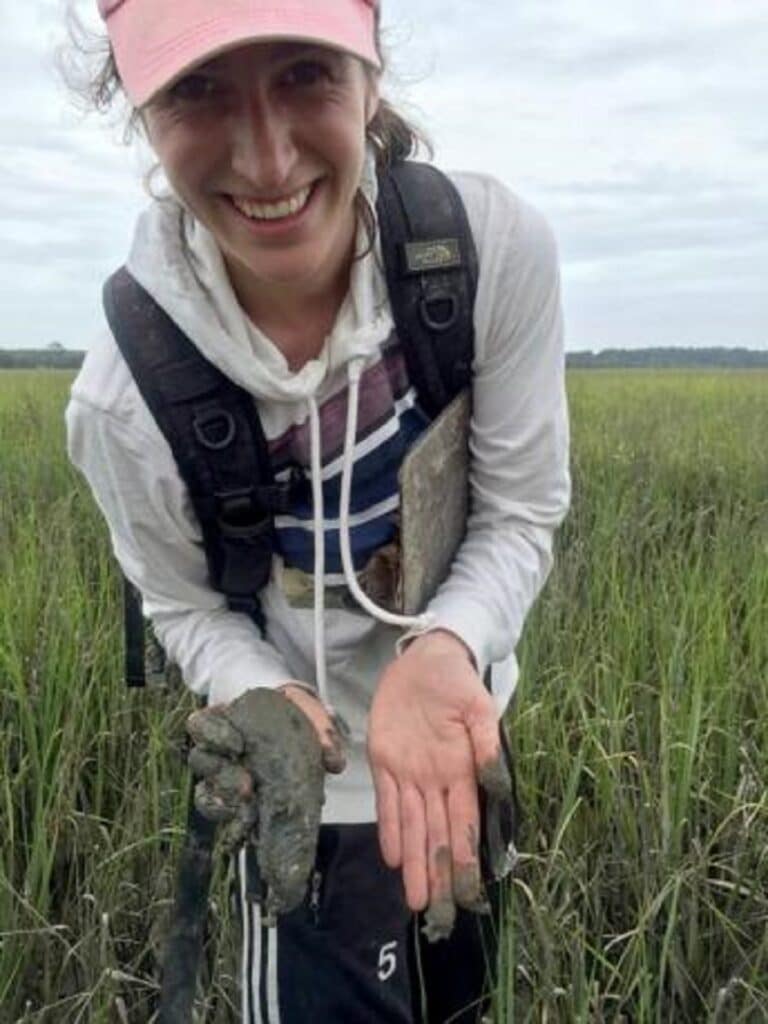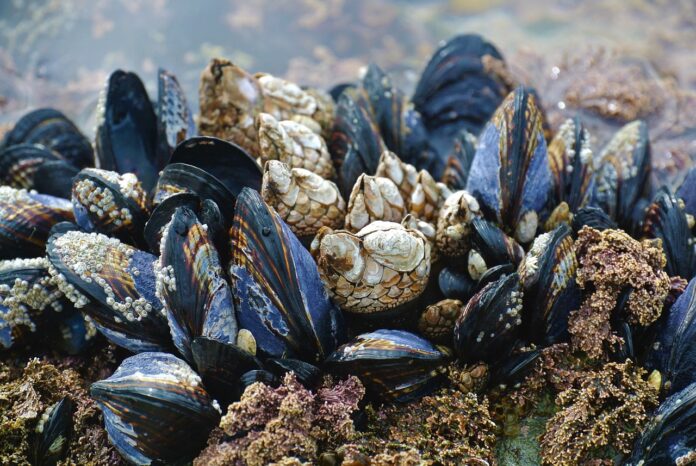Salt marshes, mangroves, and seagrasses are examples of vegetated coastal ecosystems that are vulnerable to sea-level rise because of their limited range of elevations and significant functions in shoreline stabilization, wave attenuation, nutrient filtration, habitat provisioning, and carbon sequestration. The historical and present vertical and horizontal accretion rates and erosion rates have been quantified. Field data and models have been used to project their magnitude, stability, and geographic distribution.
The study focuses on 750,000 acres of vast salt marsh systems in the United States around the South Atlantic Bight, a region stretching over 150 miles from Cape Fear, North Carolina, to Cape Canaveral, Florida. They looked at research on various species, such as crabs, lugworms, and ghost shrimp. The study’s field research includes measurements of mussel cover throughout the South Atlantic Bight, just published in Nature Communications. More extensive field data were performed on Sapelo Island, a barrier island off the coast of central Georgia.
According to the study’s results, mussels (Geukensia demise) act as “ecosystem engineers” – creatures that directly or indirectly drive habitat creation and manage the availability of resources to other organisms. Mussels are considered water quality indicators because they absorb heavy metals and filter toxic silt and particles. At the same time, they feed and breathe in aquatic habitats. Insects, tiny fish, and plants use their shells as habitats and breeding grounds. In addition to these valuable traits, mussels deposit vast amounts of material on marsh surfaces throughout their feeding activity. This material contributes to the growth of marshes by a process known as accretion, which is the natural activity of sand, soil, or silt washing up to the land from the coast.

According to recent research headed by the Yale School of the Environment’s Carbon Containment Lab, faunal animals such as the humble mussel perform an underappreciated yet essential role in safeguarding and creating coastal ecosystems.
Sinéad Crotty, associate director of science at the CC Lab and lead author of the study, said, “As sea levels rise, coastal ecosystems have to adapt and evolve to changing conditions. This study shows that small and innocuous animals that live within an ecosystem can play a critical role in helping coastal systems persist in the face of climate change.”
He also said, “This study shows that small and innocuous animals that live within an ecosystem can play a critical role in helping coastal systems persist in the face of climate change.”
Researcher said. “We found that, in reality, the effects of mussels are far greater than predicted by the models and occur at large landscape scales,”
He added, “This study can help us think through how we prioritize certain marsh areas for protection. Given that mussels are disproportionately important in driving accretion and other ecosystem functions, we should prioritize their protection, or out planting, as a means to promoting all of their associated benefits.”
The researchers used three studies to assess mussels’ influence on accretion from tiny, local scales to whole landscape sizes, in addition to observations conducted throughout seasons and tidal phases. During three years, the greatest experiment involved transporting over 200,000 mussels by hand from one landscape to another and observing changes in marsh height.
The author highlights that similar trends are expected to occur with other fauna engineers, such as bioturbating crabs or worms. According to the study’s authors, including ecosystem engineers in future modeling and ecosystem management will be critical as sea levels continue to rise.
According to research co-author and senior scientist Tjeerd J. Bouma of the Royal Dutch Institute for Sea Research, the study offers crucial information on salt marshes and climate change.
He said, “The present study provides new insight into the mechanisms by which coastal ecosystems that are highly valuable for flood defense, such as salt marshes, can cope with sea-level rise.”
Researchers from the University of Florida School for Sustainable Infrastructure and Environment’s Department of Civil and Coastal Engineering, the Royal Netherlands Institute of Sea Research, and Utrecht University’s Department of Physical Geography have all contributed to the study.
The result shows that mussels filter sediment from the water column and serve as a key, spatially distributed epicenters for sediment intake into this vegetated coastal environment. They show that these faunal engineers significantly contribute to salt marsh sediment budgets, locally increasing deposition by order of magnitude.
Journal Reference:
- Pinton, D., Canestrelli, et al. Faunal engineering stimulates landscape-scale accretion in southeastern US salt marshes. Nature Communication. DOI: 10.1038/s41467-023-36444-w
